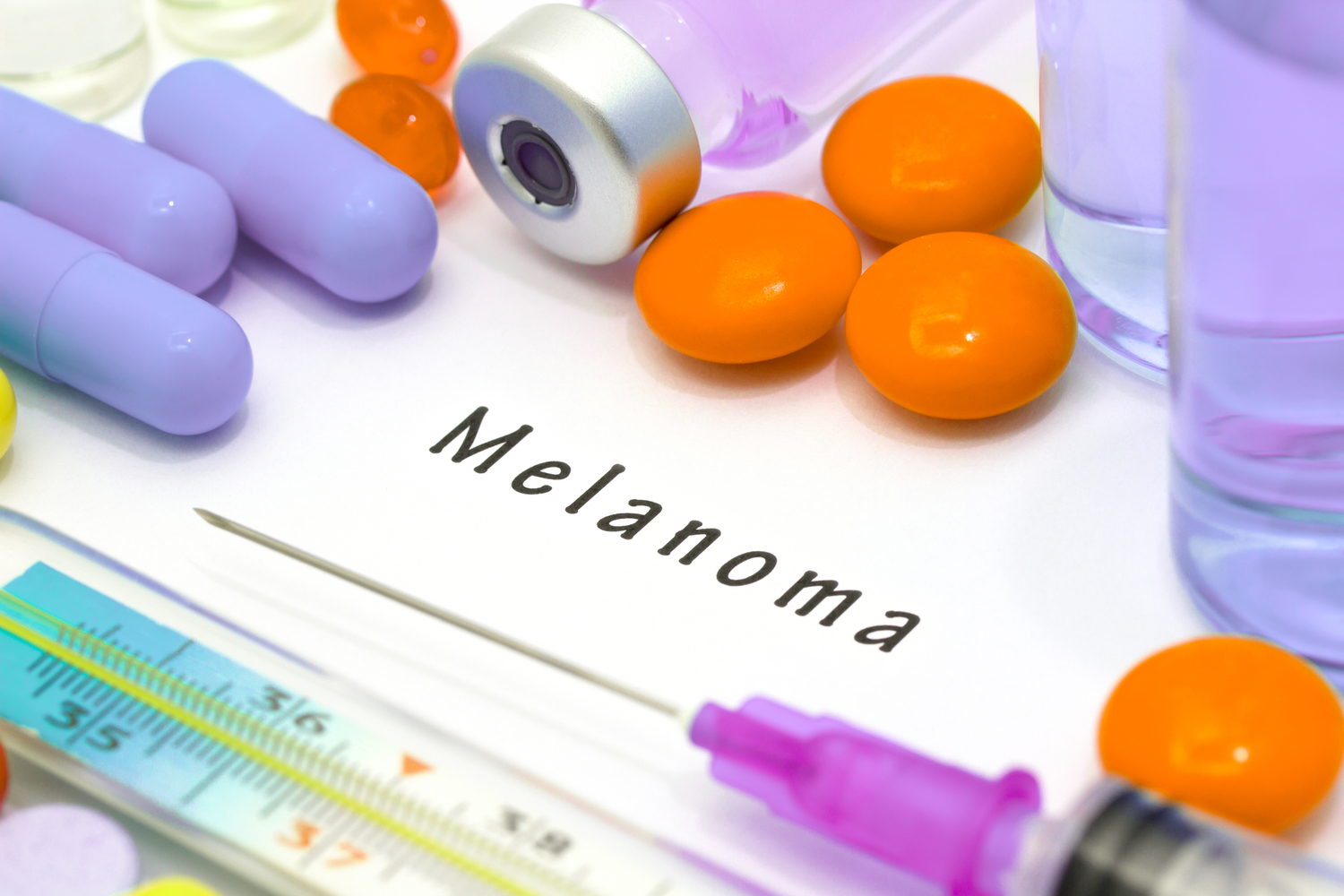
Symptoms and Treatments for Melanoma
A chronic type of skin cancer, Melanoma, is the most serious one among all skin cancers. It often spreads and can be a challenge to treat. Early detection is crucial to overcome the condition. However, identifying melanoma is not easy and can come in different ways without any warning.
It all begins in melanocyte cells that produce the pigment melanin that gives color to the skin. It can develop anywhere on the skin but, specific areas like the areas of the face or legs are at more risk. Melanoma is a potential threat because of its ability to spread to various organs if not treated early. Herein, we discuss the prevention, symptoms, and treatment of melanoma.
Symptoms of Melanoma
While exploring the prevention and treatment of melanoma, considering the symptoms is extremely important for further diagnosis. Some of them are
- Sore skin that doesn’t heal
- Feeling pain, itchiness, and tenderness
- Significant skin changes like a new spot, a strange color, odd shape, and others
- Bleeding sores
- Smooth and shiny or waxy lumps
- Crusty and bleeding lump
- Rough and dry red spots
Treatment for Melanoma
While speaking of Melanoma: Prevention, Symptoms, and Treatment, the stages of melanoma decide what actions need to be taken. Depending on how widespread the condition is, here are some ideal treatment options available:
Adjuvant Therapy
While melanoma is treated by surgery or other treatment methods, adjuvant therapy is a special type of treatment given after the first round of therapy. Complete surgical excision is needed in case of cutaneous malignant melanoma. Adjuvant therapy is then given after completing the first-line of treatment.
Adjuvant immunotherapy eliminates residual melanoma cells via the immune system. This treatment reduces the chances of cancer recurrence in the future and improves the overall condition.
Neoadjuvant therapy is a sub-specialty of adjuvant therapy in the prevention, symptoms, and treatment options of melanoma.
While adjuvant therapy is administered after surgery to remove the remaining melanoma, neoadjuvant therapy is often given at the beginning. This is given when the melanoma is significantly large and cannot be closed. It is also given at the start when visceral melanoma metastases are bulky, and cause are difficult for removal. The therapy effectively reduces the size of the tumor and makes the following surgery or treatment easier to perform.
Chemotherapy
Chemotherapy is a popular type of treatment under adjuvant therapy. Drugs are used to destroy cancer cells, and prevent them from multiplying. There are traditional chemotherapy methods used in adjuvant therapy, though the frequency of use is coming down.
Isolated Limb Infusion Therapy
Speaking of when it comes to the prevention, symptoms, and treatment of melanoma, the tumor can spread to the legs or arms. This increases the number of surgeries to be performed, where the expert suggests limb perfusion with chemotherapy.
For this, a doctor uses a tourniquet on the arm or leg and high doses of chemotherapy is directed via a catheter. This technique keeps the chemotherapy in the specified region and prevents it from spreading. General anesthesia is given before the commencement of the treatment.



